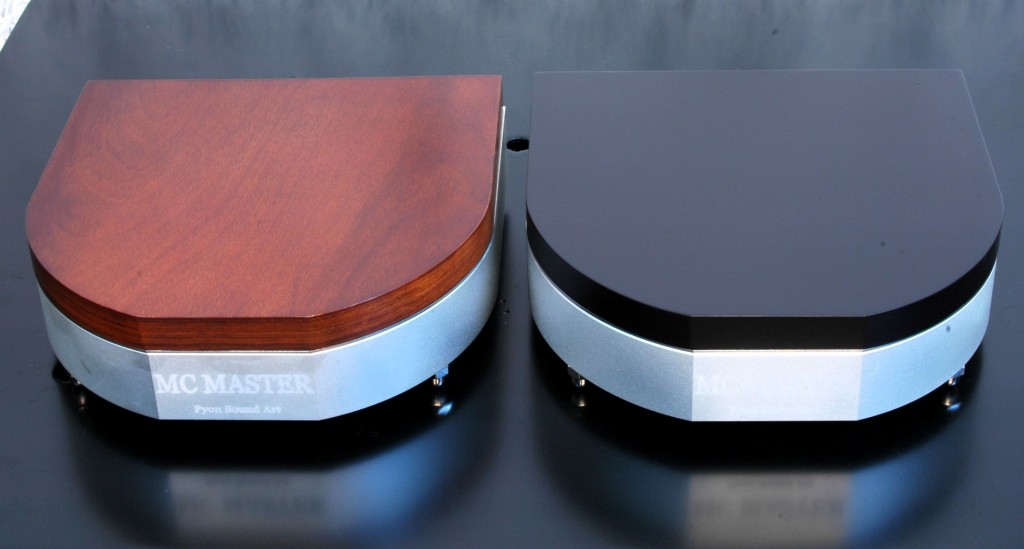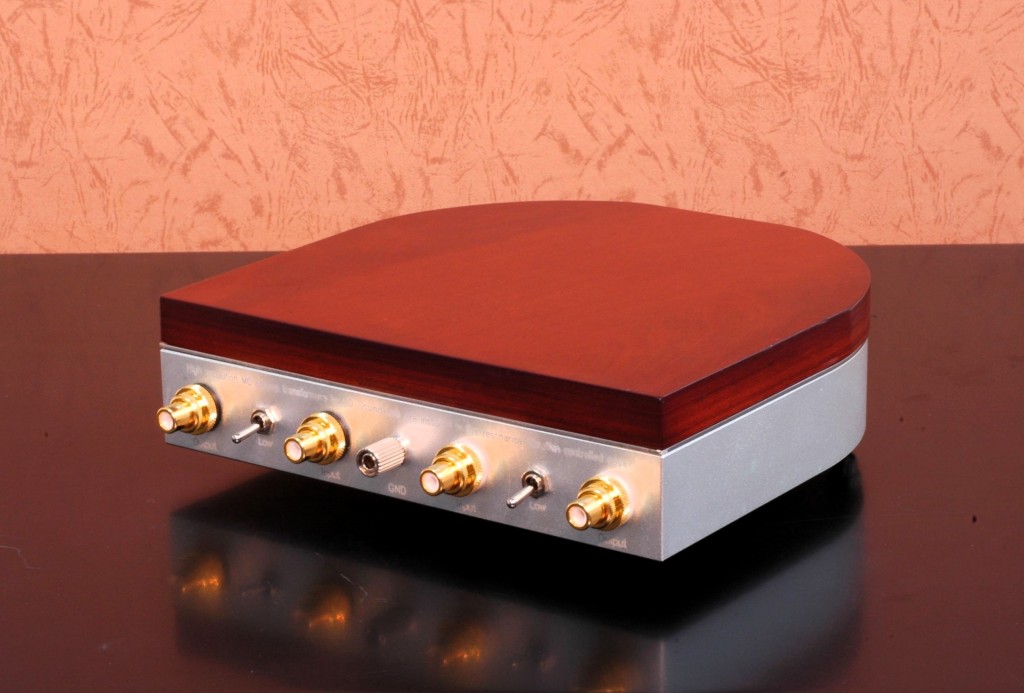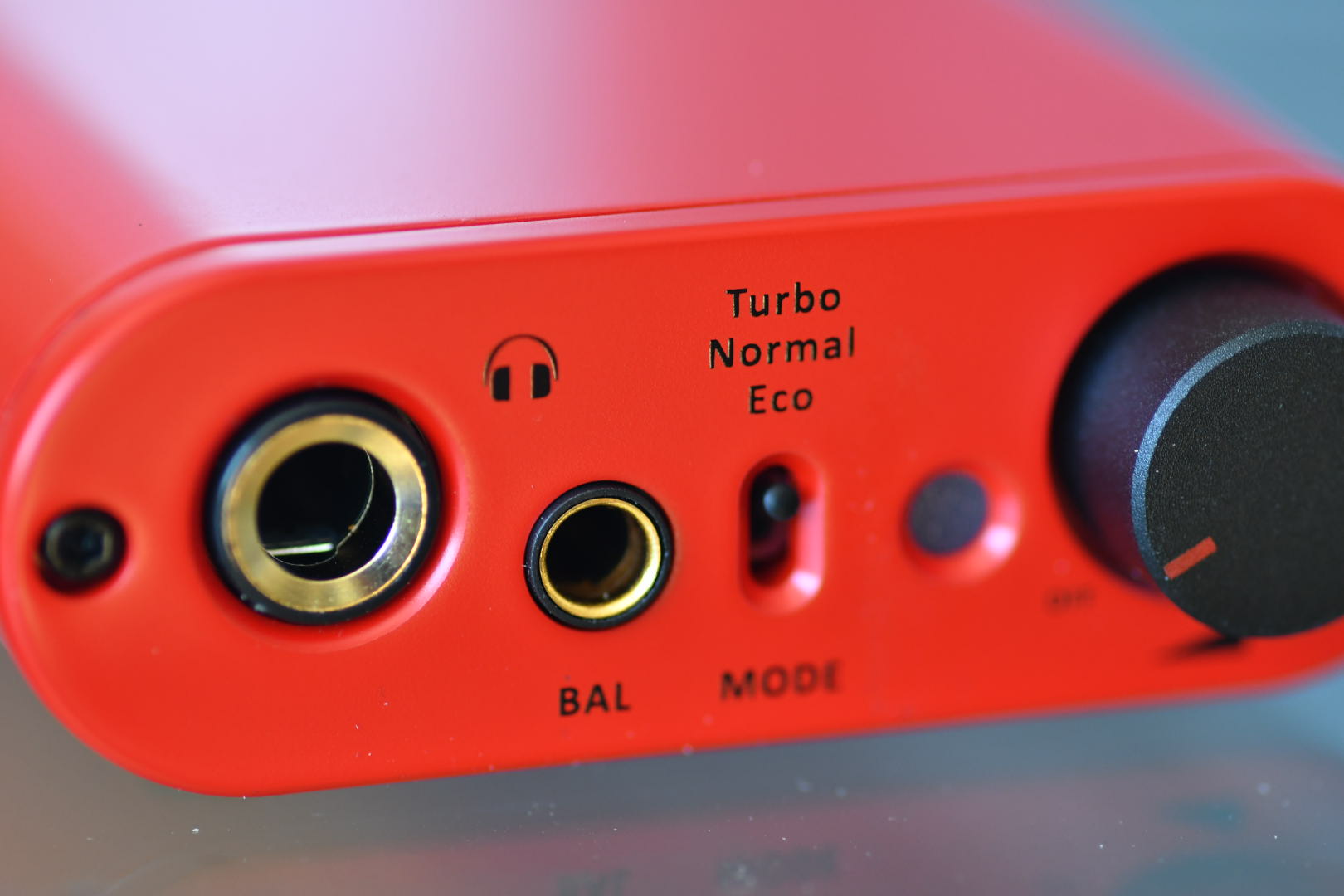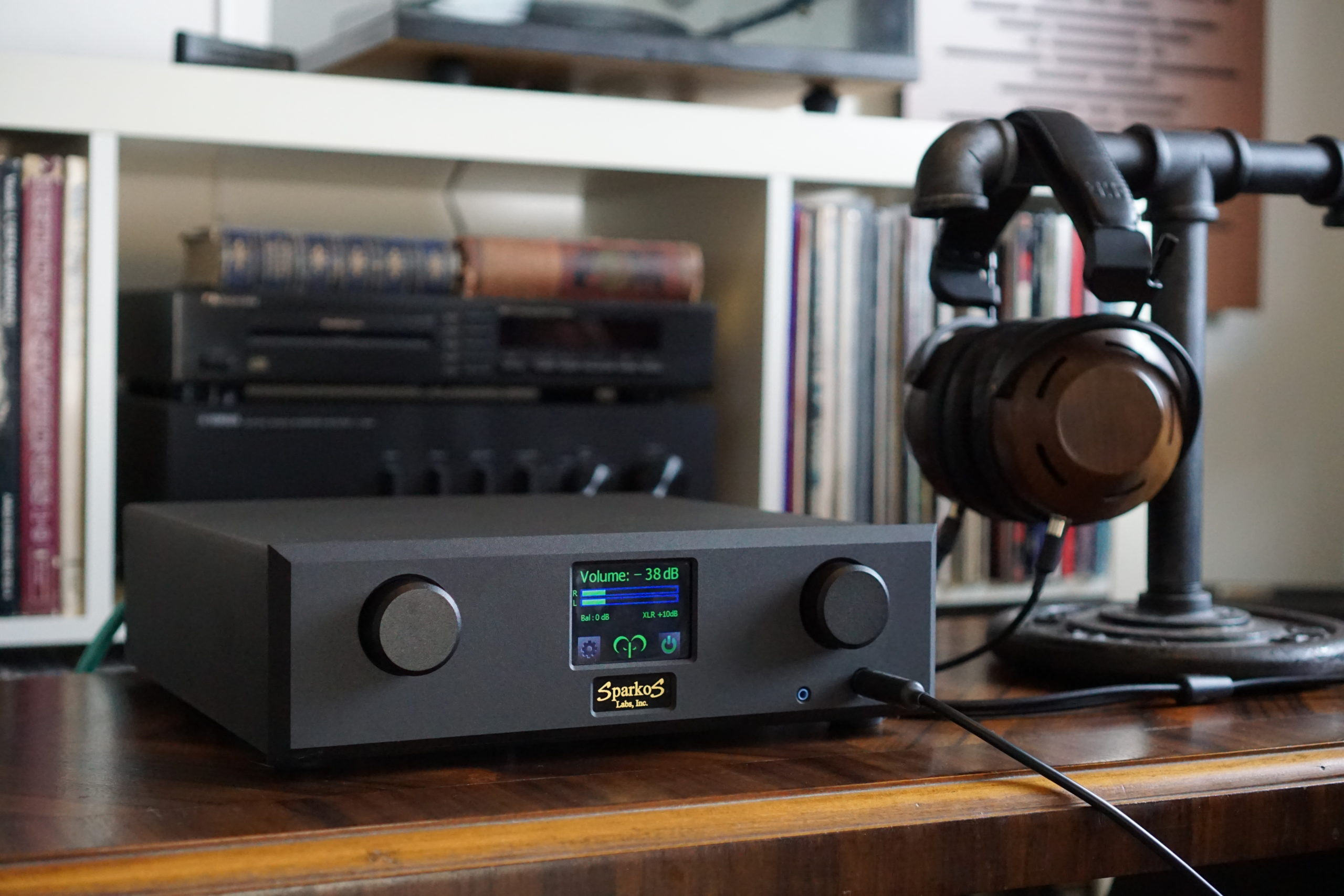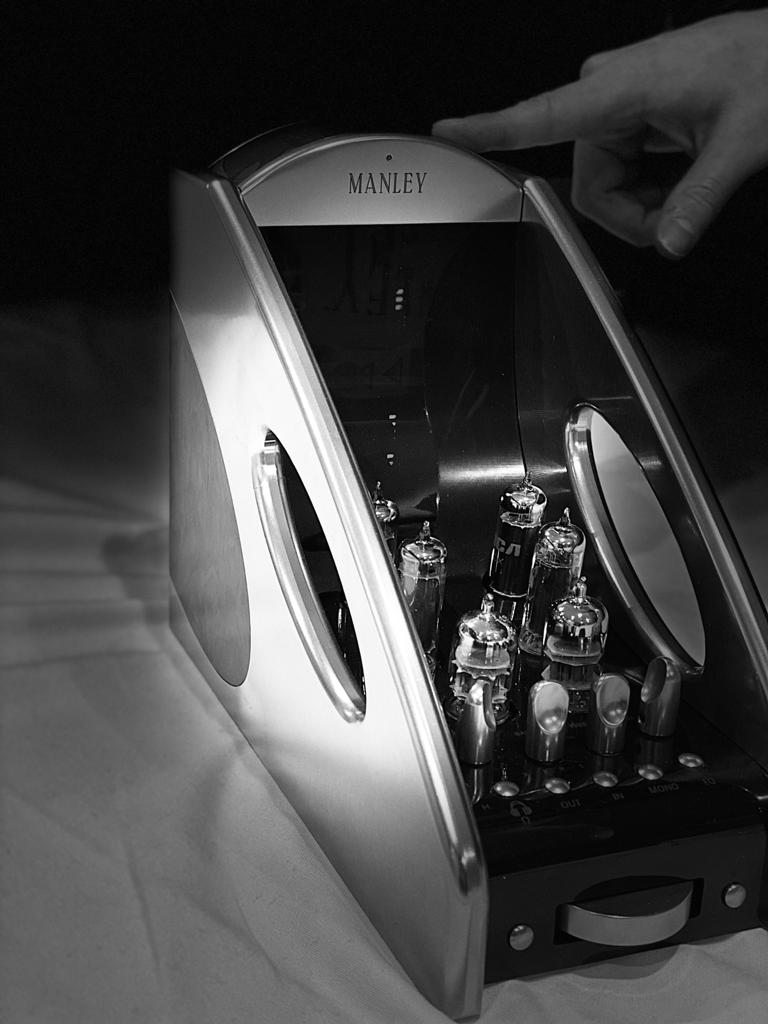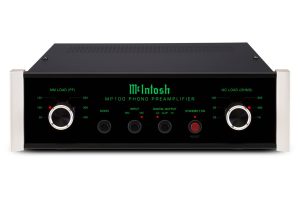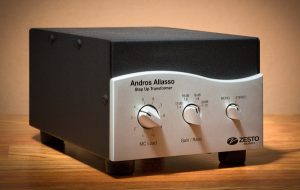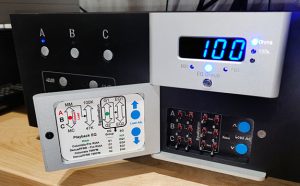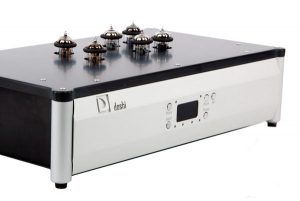Although a stalwart in many the audiophile setup, you can really see the resurgence of analog playback in mainstream society. Even chain stores are now trying to tap into the market where it once was deemed prehistoric, record players and software are now for sale. The rediscovery of analog has brought about a reintroduction into how best to reproduce optimal sound from a very sensitive apparatus.
My foray into analog has led into a hybrid of old and new. Using a modified Lenco turntable with some old and new parts has brought me nothing but bliss. Getting the right amount of amplification of that tiny signal has always been a challenge for any audio designer and my current system although satisfying needed just a little more "oomph" to that signal in the audio chain. The dilemma starts off with choosing to go with moving coil (MC) types of cartridges. Although generally getting more detail and performance one can also fall victim to a number of different noise related phenomenon associated with such a small signal. The difference between "tweaking" (nothing like twerking at least for me) a system versus outright torture to eliminate something like hum is what can definitely deter and demoralize an audio enthusiast from LP vinyl playback. I am in the camp of I would rather listen to music than spend my entire night struggling to get decent sound. Keeping it simple while maintaining a high level of playback is essential and keeps us listening to the music instead of the noise.
Enter the tried and true step up transformer. The use of this device has been misunderstood at times. Originally designed to address the limitations of early phono amplifiers only accepting moving magnet cartridges (MM), it has grown to be an alternative in improving MC playback on even MC equipped amplifiers. Increasing the voltage using transformer technology is not new but can be tricky to properly match with the cartridge. The dark art of winding a transformer and matching for impedance is both scientific but can sound very different in what the numbers should yield in final listen.
Pyon Audio is company out of South Korea. Led by Mr. John Yoon-Sung Park they have a very matter of fact motto for the company: "we do not make it, if it is not the best within the given limitations." With this in mind they set out in creating two step-up transformers that combine traditional transformer winding methods with the state of the art case and resonance dampening technology. The MC Master comes in two versions based on the internal impedance of your cartridge. Although my internal impedance of my cartridge was 40 ohms, Philip Holmes who distributes Pyon audio in this part of world suggested I try the lower impedance version. According to him winding geometry is actually better on the one you have, so frequency response is better, interwinding capacitance is less, and there should be better "rise time" than the more complicated transformer. Physically, the MC Master is solidly built. Ok, I think that maybe an understatement on my part. Getting into how this step up transformer was constructed is a story onto itself. Mr. Park is responsible for creating a material called Picawood which most closely resembles Panzerholz. Made of various layers of wood pressed together, the result is a very dense plywood type that is said to have high acoustical dampening properties. So dense in fact that it does not float in water. This Picawood is used for the top of the transformer case with the remainder being milled from a solid block of duralumin. The case is completed with Pyon's own anti vibration and resonance control foot. The internals are just as impressive as the transformers are hand finished and the chassis is completed with two pairs of RCA connectors and two toggles to dial in loading impedance.
Setup was pretty straight forward and I started my review out with the toggles set to low gain. The transformer was placed in between my Lenco turntable running my Zu Audio Denon 103 cartridge and my trusty Leema Acoustics Elements Phono amp set to moving magnet. The unit had come fresh from a trade show so break in was not necessary. I was ready to go from the start so I warmed up with a little Norah Jones and her album Live from Austin, TX. The first thing that I noticed was the ability of the Pyon to highlight spatial cues. The song "Sinkin Soon w/ J. Walter Hawkes" showed both how the stage was laid out for the band in addition to the audience interaction which marks a live album. The music and Norah's interaction with the audience felt more realistic. The commentary and interspersed humour that seemed flat before had more depth and placement. The Pyon did not create a more intimate space but I believe heightened the realism of the recording venue. The piano also had better timbre than what I remembered it to be without the step up transformer.
Overall the Pyon made the album come to life with subtle hints of better sound reproduction. Putting on "Heart Shaped Box" from Nirvana's 20th anniversary In Utero gave another welcomed surprise in terms of how well Kurt Cobain's emotion came through, presenting a greater feeling for the lyrics that I have yet to hear previously on my system. Looking back at my notes I do not want to come off as saying that the Pyon exerts some sort of black magic making the singer and band come alive right in front of you. However, the Pyon does increase resolution without imparting extra distortion or noise if that makes sense. Recordings from both Nirvana and Norah Jones I have found in the past have increased loudness or gain. With the Pyon I experienced more control in that department and at no time did I feel like the music was shouting at me when not appropriate. Some of this was definitely how the recording was mastered but the Pyon was excellent in presenting a fuller picture with additionally control. Now the other side of the coin is that the Pyon did give more increased volume on recordings/gain when I did need it. This was evident in listening to my classical and operatic works. Because of the huge swings from low to high between instruments and singer, generally these recordings are mastered at lower volumes. The Pyon worked wonders in the simple fact that I no longer had to turn my preamp up to the same volume level as before. The trick for me has always been to set the appropriate level without introducing other noises that take away from the work. The clicks, hiss, pops and extra noises associated with analog playback were lessened by the Pyon and presented a darker background due to a lower noise floor welcomed me every time I played one of my favorite pieces.
I took the time to play around with the high and low gain toggles and came away with more volume overall in the high gain setting but not necessarily additional resolution. Your results may vary but with my cartridge overall the low gain setting was a good match to all of the music I played during this review. In the end what are some additional things that you should know if you were to plunge into step up transformer technology. Obviously proper impedance matching is good way to start but sometimes the only way to know is to try it out. Find a store that allows for demos so that you can find the right fit. Sometimes the technical details do not tell the full story and you have to trust your ears as much as the numbers. Secondly, be prepared to invest in an additional pair of cables. Cost versus performance comes into play and providing the Pyon with the best cables you can afford will definitely go a long way in provided an increase in overall performance. As for tweaking the unit I found the Pyon to be quite good by itself. The chassis is already quite well damped to vibration and the anti-resonance/vibration foot provided a solid connection to my stand. Trying out different cones and feet yielded various results that were not always positive. I would suggest trying the unit out by itself to start with and go from there.
The more music I listened to the greater I had an appreciation for this stoutly built device. The effects on the music were overall positive but should be combined with quality parts in a system to create a cohesive whole. If you have every wondered if your analog rig could use a step up transformer you owe it to yourself to try one out. The Pyon Master MC should be on that list. After my time with it the only two questions I had were what record should I play next? And what would the blacktop Master MC sound on my system. Life is hard sometimes…
Take care,
Al Chieng
Pyon Sound Transformer
Retail: $1600
Mockingbird Distribution
www.mockingbirddistribution.com




